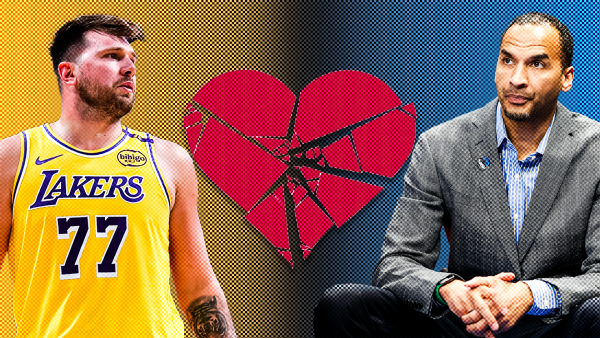Fixing IHSA Backlash
Last year’s conditioning is now called ‘open gym’
Last year the IHSA came down hard on the athletic department for violating rules about off-season practice.
This year administrators say they have worked to correct those mistakes.
“It is safe to say that multiple sports, not just basketball, were a red flag, and when we dug deeper it was more of an institutional departmental concern,” Athletic Director Dan Vosnos said.
The IHSA has rules about how and when players and teams workout in the offseason.
Rather than practice, schools need to hold “open gyms” where anyone, regardless of gender or position on the team, can attend.
Open gym is best for strength and conditioning purposes, and actual instruction from coaches can’t start until the season begins.
Some worried how the changes would affect the teams.
“Well, everybody needs conditioning and working out to get better. When I first heard conditioning was cancelled, I was very disappointed because I felt like we weren’t going to get better as a team,” junior football player DeAngelo Wofford said.
Adult supervisors are in there to make sure everything is safe for the student athletes. But coaches are not allowed to instruct. They are there as supervisors only, Vosnos said.
“Open gyms are in place as an opportunity to participate in an activity prior to the actual IHSA season starts. I know what happened last year, but we refer to them as supervisors and not coaches,” Vosnos said.
The head of the IHSA Director Marty Hickman came here to put a workshop on for the coaches to educate the staff and answer questions.
“The IHSA has made two things possible for us now that we don’t schedule by team. Athletes actually have a positive now, they’re coming in five days a week if they want to,” said Steve Szymkowiak, a registered strength and conditioning specialist.
Typically Szymkowiak might have as many as 80 football and baseball players in the weight room.
But the workout time is voluntary.
“The coaches cannot mandate to be somewhere to do extra conditioning for our teams. They cannot hold conditioning where they say, ‘Hey, we’re going to have softball today,’” Szymkowiak said. “Everything is open.”
His concern now is making sure everyone is training safely.
One negative is that students sometimes don’t feel like they have to come in now if coaches or other teammates aren’t around to enforce it, according to Szymkowiak.
Athletes, like junior track runner Faith Martin, likes the independence open gym gives her.
“I really don’t think it changed that much because there’s still more than one person that can take on a leadership role. It gives everybody a chance to get a feel for each other,” Martin said.
Students can be instructed for running and lifting in the weight room.
“If you know you want to get in the weight room, you’ll go do it. If not and let that distract you then that’s something that bothers you,” Wofford said. “ It’s just all mental and self motivation.”





